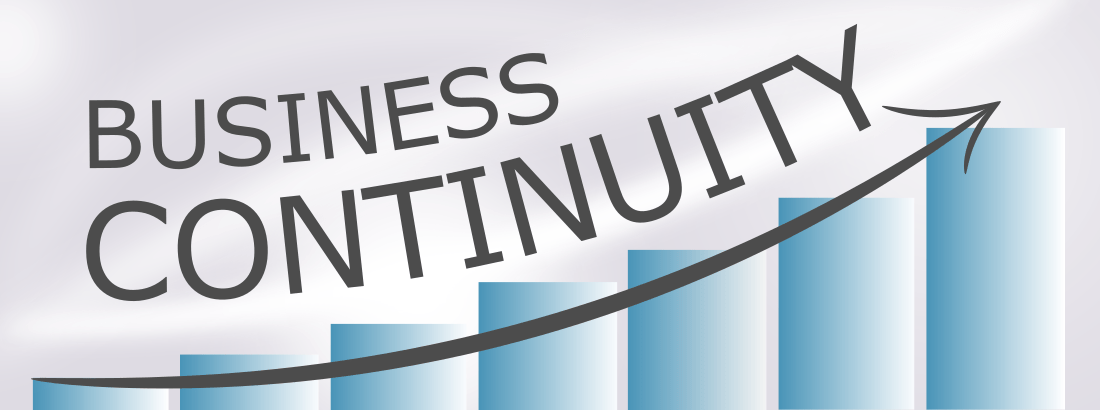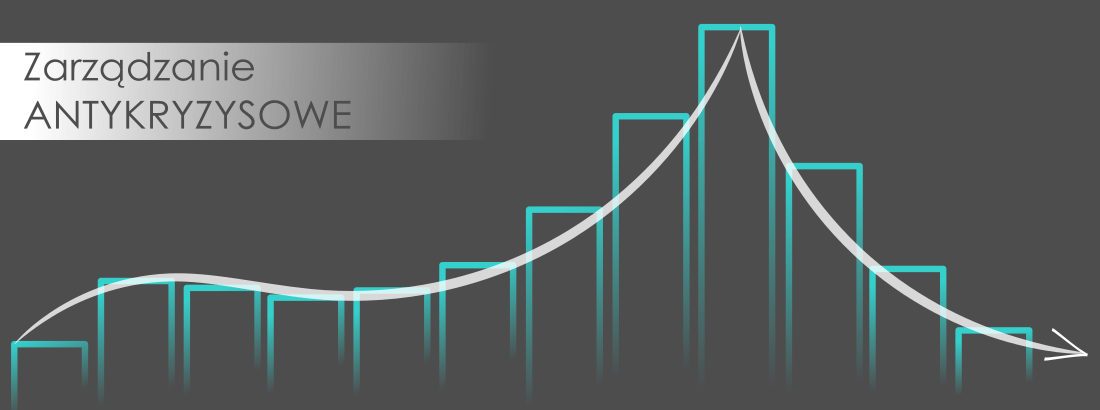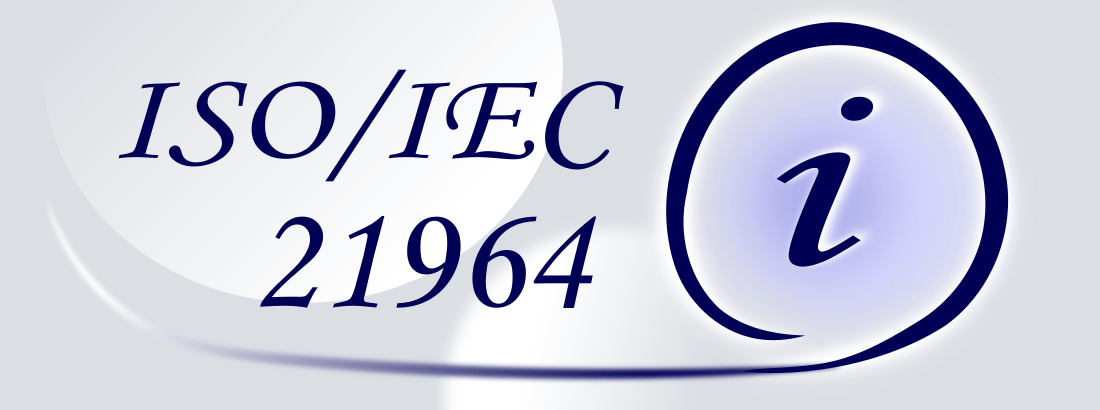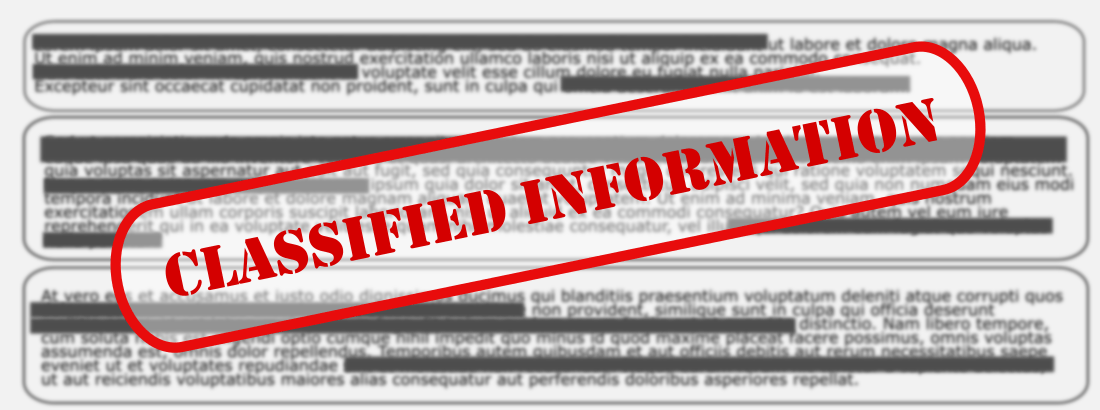What is accessibility?
Accessibility can be considered on various levels, e.g. in terms of ICT, information security, reliability, and in terms of digital services and websites. This article will be about the latter.
The availability of the website means the degree to which it can be perceived, understood and viewed by all users, regardless of their characteristics or disabilities, and regardless of the properties of the software and hardware used by them.
Overall, it can be said that the accessibility of a website means that the website should be simple and accessible to everyone, including disabled users.
Why is the website to meet the accessibility conditions?
First of all, it is worth referring to legal and normative regulations. According to the Digital Accessibility Act, public entities must adapt their websites to the requirements of the European standard EN 301 549 V2.1.2. It is a standard containing requirements for the availability of ICT products and services. The document contains the guidelines of the WCAG 2.1 standard at AA level (
The United Nations Convention on the Rights of Persons with Disabilities defines access to information and communication technologies, including the Internet, as a fundamental human right.
The World Wide Web Consortium (W3C) has published the WCAG (Web Content Accesibility Guidelines, currently the current version 2.1) standard, provides accessibility guidelines based on four components:
- Visibility – all elements and information on the website must be presented to users in a way that they understand (it cannot be invisible to any of their senses);
- Functionality – the user must be able to use the website functions and operate the interface and navigation (the interface cannot require interaction that the user is not able to perform);
- Comprehensibility – user content and operations must be understood by them (there must be no situations where the user is unable to understand something);
- Reliability – the content and materials published by the website must be understandable and correctly interpreted by the software and work properly with technologies supporting the use of the Internet, eg “reader”.
Then it is worth thinking about the benefits that an accessible website will bring:
- convenient viewing on different types of devices and a universal set of options;
- appeal to all users (if the site is easy to use, not confusing and accessible to users with disabilities, it will certainly be more straightforward to use for everyone, e.g. it may be difficult for older people to click a small button or if a person is in a noisy train station railway, who want to watch a video but do not have headphones with them, will be able to understand the meaning with subtitles for people who are hard of hearing or hearing impaired);
- better SEO results (accessible pages usually have a greater reach);
- increasing trust and loyalty;
- higher level of corporate social responsibility.
How to ensure the availability of the website or website?
The existing or designed website is to meet the criteria described in the currently applicable WCAG standard (W3C Web Content Accessibility Guidelines), which is translated into the European standard EN 301 549 V2.1.2 and the international ISO / IEC 40500 standard. article.









